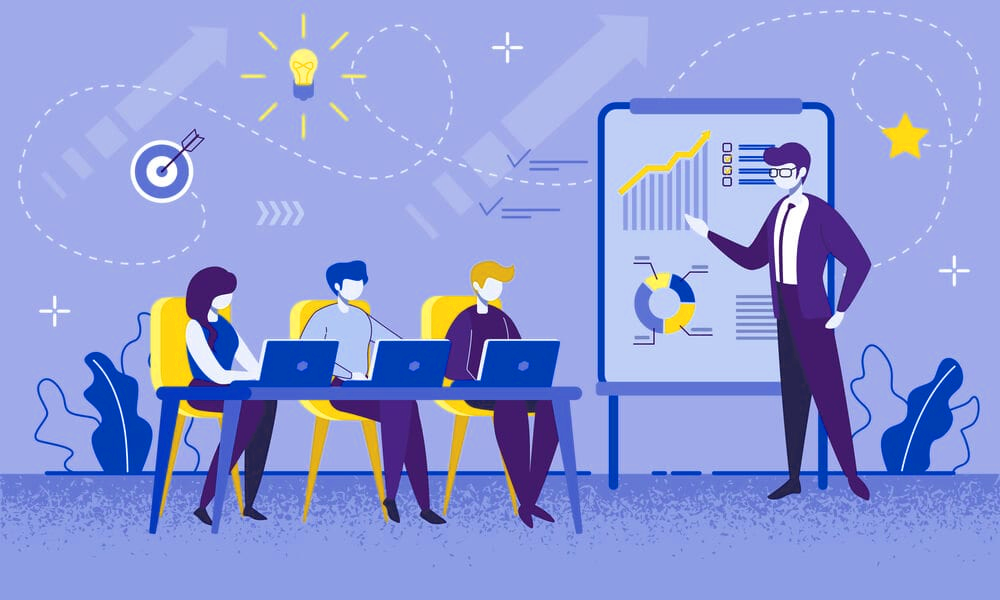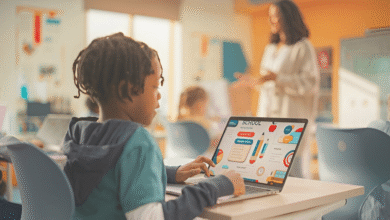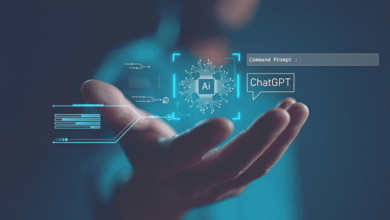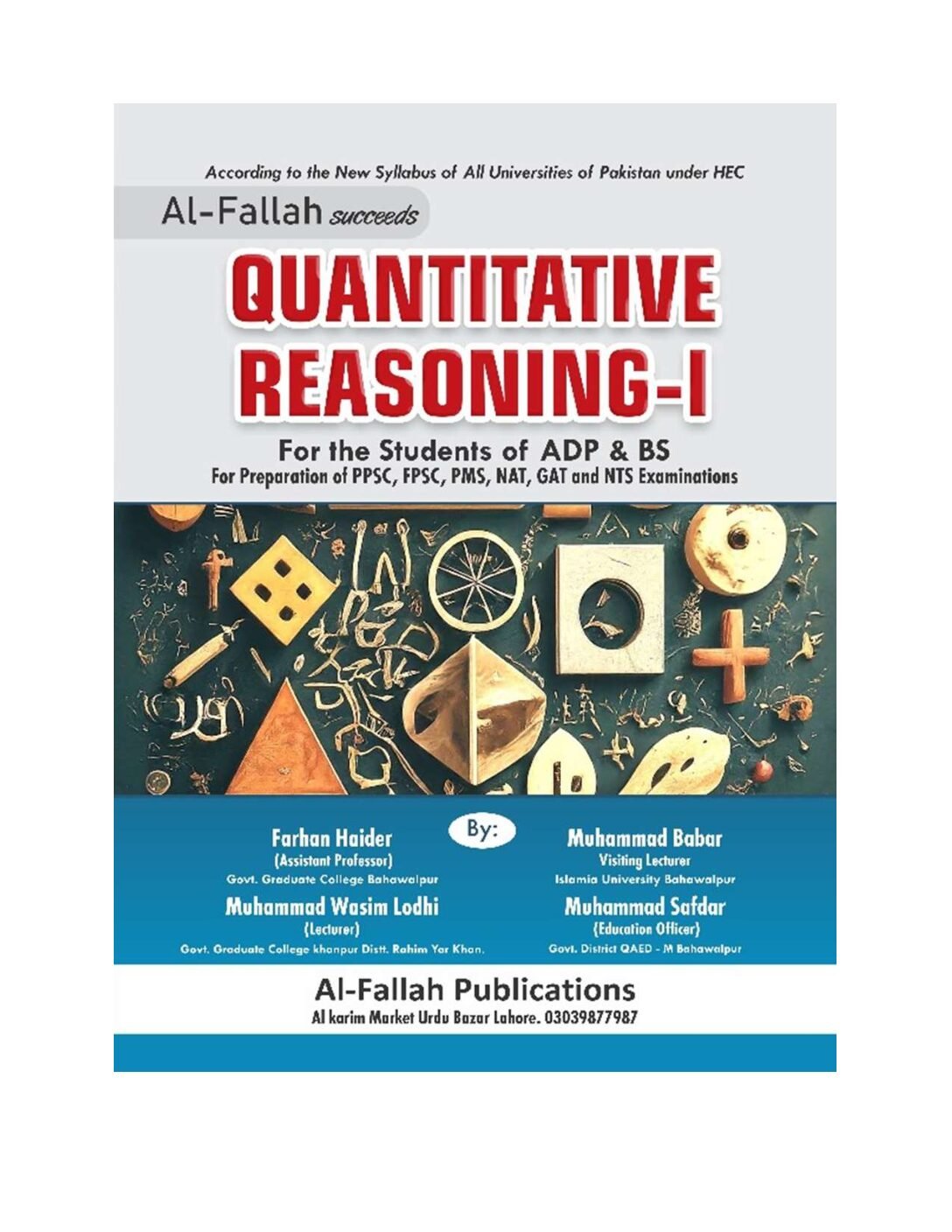Level Up Learning: Game-Based Strategies That Work
Game-based learning boost engagement. Discover proven methods to transform education through interactive play. Ideal for teachers & educators.
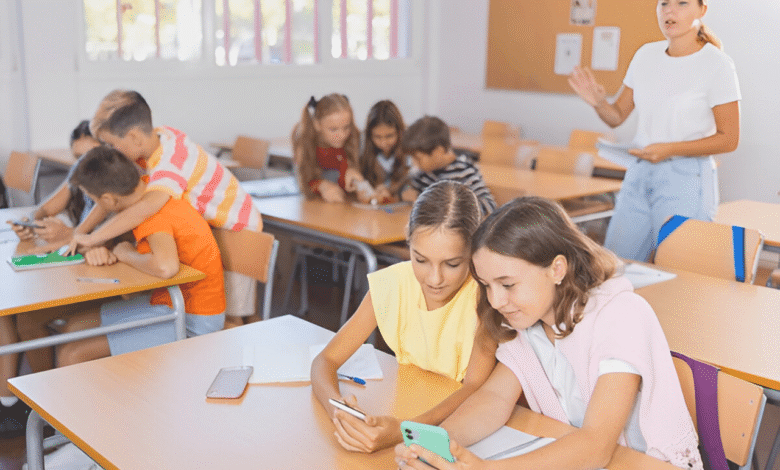
Game-based learning is transforming education by turning traditional lessons into interactive, engaging experiences. In today’s digital age, students crave dynamic and immersive ways to learn, and game-based strategies provide the perfect solution. By incorporating elements like challenges, rewards, and storytelling, educators can boost motivation, improve retention, and foster critical thinking. This approach doesn’t just make learning fun it aligns with cognitive science, ensuring students grasp and retain complex concepts more effectively.
The power of game-based learning lies in its ability to meet students where they are. Whether through gamified quizzes, educational video games, or role-playing activities, these strategies cater to different learning styles while keeping students actively involved. Research shows that when learning feels like play, students are more likely to participate, collaborate, and excel. As classrooms evolve, game-based techniques are proving to be more than just a trend they’re a proven method for leveling up education.
Game-Based Strategies That Work
The Science Behind Game-Based Learning
Research shows that game-based learning activates the brain’s reward system, increasing dopamine levels and enhancing memory retention. Unlike passive learning, games require active participation, which strengthens problem-solving skills. Studies also indicate that students retain up to 90% of information when learning through interactive experiences compared to just 10% through reading. Games naturally incorporate scaffolding, allowing learners to progress from simple to complex challenges. This aligns with Vygotsky’s Zone of Proximal Development, ensuring students are neither bored nor overwhelmed.
Key Game-Based Learning Strategies
Gamification in the Classroom
Gamification involves applying game elements like points, badges, and leaderboards to non-game contexts. Teachers can use reward systems to motivate students, turning assignments into quests and tests into challenges. Platforms like Classcraft and Kahoot! make it easy to introduce gamified learning without extensive technical knowledge.
Educational Video Games
Full-fledged educational games like Minecraft: Education Edition and Prodigy Math immerse students in subject-specific adventures. These games blend curriculum-aligned content with interactive storytelling, making abstract concepts tangible. For example, students can explore historical events or solve math puzzles in a virtual world, enhancing engagement.
Escape Room Challenges
Escape room-style activities encourage teamwork and critical thinking. Educators design puzzles based on lesson content, requiring students to apply knowledge to “escape.” This strategy promotes collaborative learning and reinforces subject mastery in a high-energy environment.
Role-Playing Games (RPGs) for Learning
Role-playing games allow students to assume different personas, deepening their understanding of historical figures, scientific concepts, or literary characters. By “living” the content, learners develop empathy and a stronger connection to the material.
Adaptive Learning Games
AI-powered adaptive games adjust difficulty based on student performance, ensuring personalized learning. Tools like DreamBox and Duolingo use algorithms to tailor challenges, keeping students in their optimal learning zone.
Benefits of Game-Based Learning
Boosts Engagement
Games tap into students’ natural love for play, transforming learning into an exciting experience. Interactive elements like challenges, rewards, and storytelling keep learners actively involved. This heightened engagement leads to increased participation and reduced classroom disengagement.
Enhances Knowledge Retention
The immersive nature of games stimulates multiple senses, creating stronger neural connections. Immediate feedback loops help reinforce correct concepts while correcting mistakes in Real-time. Studies show students retain up to 90% of information learned through interactive gameplay.
Develops Critical Thinking Skills
Game scenarios often present complex problems requiring analysis and strategic planning. Players learn to evaluate options, anticipate consequences, and adapt strategies dynamically. These decision-making skills translate directly to real-world problem-solving abilities.
Promotes Collaborative Learning
Multiplayer and team-based games foster essential social skills like communication and cooperation. Students learn to share ideas, delegate tasks, and work toward common goals. This collaborative environment mirrors modern workplace dynamics.
Provides Personalized Learning Paths
Adaptive game technology adjusts difficulty based on individual performance. Struggling learners receive targeted support while advanced students face appropriately challenging content. This differentiation ensures optimal learning for every student level.
Reduces Fear of Failure
The trial-and-error nature of games creates a safe space for making mistakes. Students view setbacks as learning opportunities rather than failures, building resilience and perseverance. This growth mindset carries over to other academic areas.
Implementing Game-Based Learning Successfully
Align Games with Learning Objectives
Choose games that directly support your curriculum goals. Whether using digital tools or physical activities, ensure gameplay reinforces key concepts rather than distracting from them. Establish clear connections between game outcomes and academic standards.
Balance Competition & Collaboration
While friendly competition can motivate learners, excessive focus on winning may discourage some students. Incorporate team-based challenges that reward cooperation, problem-solving, and peer support to create an inclusive environment.
Use Analytics to Track Progress
Many educational games provide performance dashboards. Monitor metrics like completion rates, error patterns, and time spent to identify struggling students and adjust difficulty levels accordingly for personalized learning.
Encourage Reflection After Gameplay
Debriefing sessions help solidify lessons learned. Ask students to discuss strategies, mistakes, and real-world applications of in-game experiences to deepen understanding beyond just playing.
Scale Gradually
Begin with simple gamification (badges, quizzes) before introducing complex simulations. Pilot test games with small groups, gather feedback, and refine implementation before school-wide adoption.
Provide Tech Support
Ensure both teachers and students understand how to use game platforms effectively. Offer tutorials, troubleshooting guides, and IT support to minimize technical frustrations during lessons.
Physical Game Elements
Combine video games with hands-on activities like escape rooms or board games. This hybrid approach caters to different learning styles while keeping engagement high across all mediums.
Read More: Why Gamification Works: The Psychology Behind Engaged Learning
Conclusion
Game-based learning has emerged as a revolutionary approach that bridges the gap between education and engagement. By transforming traditional lessons into interactive experiences, these strategies not only capture students’ attention but also enhance knowledge retention and critical thinking skills. As classrooms continue to evolve, game-based techniques offer a dynamic way to meet the diverse needs of learners while preparing them for real-world problem-solving. The success of this method lies in its ability to make education both meaningful and enjoyable, proving that learning doesn’t have to be tedious to be effective.
The future of education is undoubtedly being shaped by game-based learning, with innovative tools and platforms making it easier than ever to implement. From gamified quizzes to immersive simulations, these strategies provide educators with powerful ways to motivate and inspire students. As more schools embrace this approach, we can expect to see higher engagement levels, improved academic performance, and a generation of learners who view education as an exciting journey rather than a chore. By continuing to refine and expand game-based strategies, we can unlock even greater potential for student success in the years to come.
FAQs
What is game-based learning?
Game-based learning uses interactive games and game mechanics to teach academic concepts, making education more engaging and effective while improving knowledge retention.
How does game-based learning benefit students?
It increases motivation, enhances problem-solving skills, encourages collaboration, provides instant feedback, and helps students retain information longer compared to traditional methods.
What’s the difference between gamification and game-based learning?
Gamification adds game elements (like points and leaderboards) to existing lessons, while game-based learning uses actual games as the primary teaching tool.
Can game-based learning work for all subjects?
Yes From math and science to history and language arts, game-based strategies can be adapted to any subject through simulations, quizzes, and role-playing scenarios.
How can teachers start using game-based learning?
Begin with simple tools like Kahoot! or Quizlet, then explore immersive platforms like Minecraft: Education Edition or Prodigy, aligning games with curriculum goals for maximum impact.



